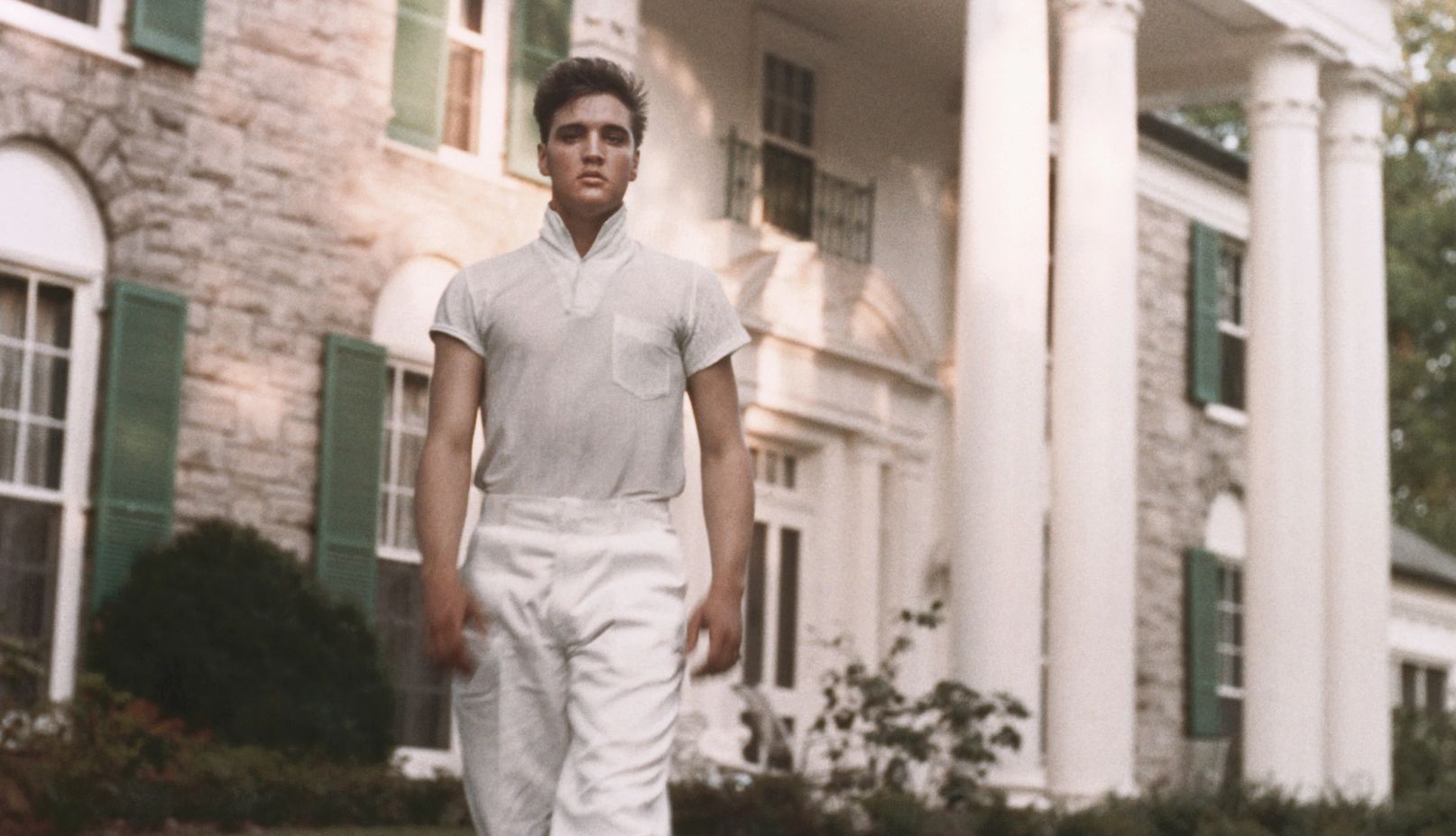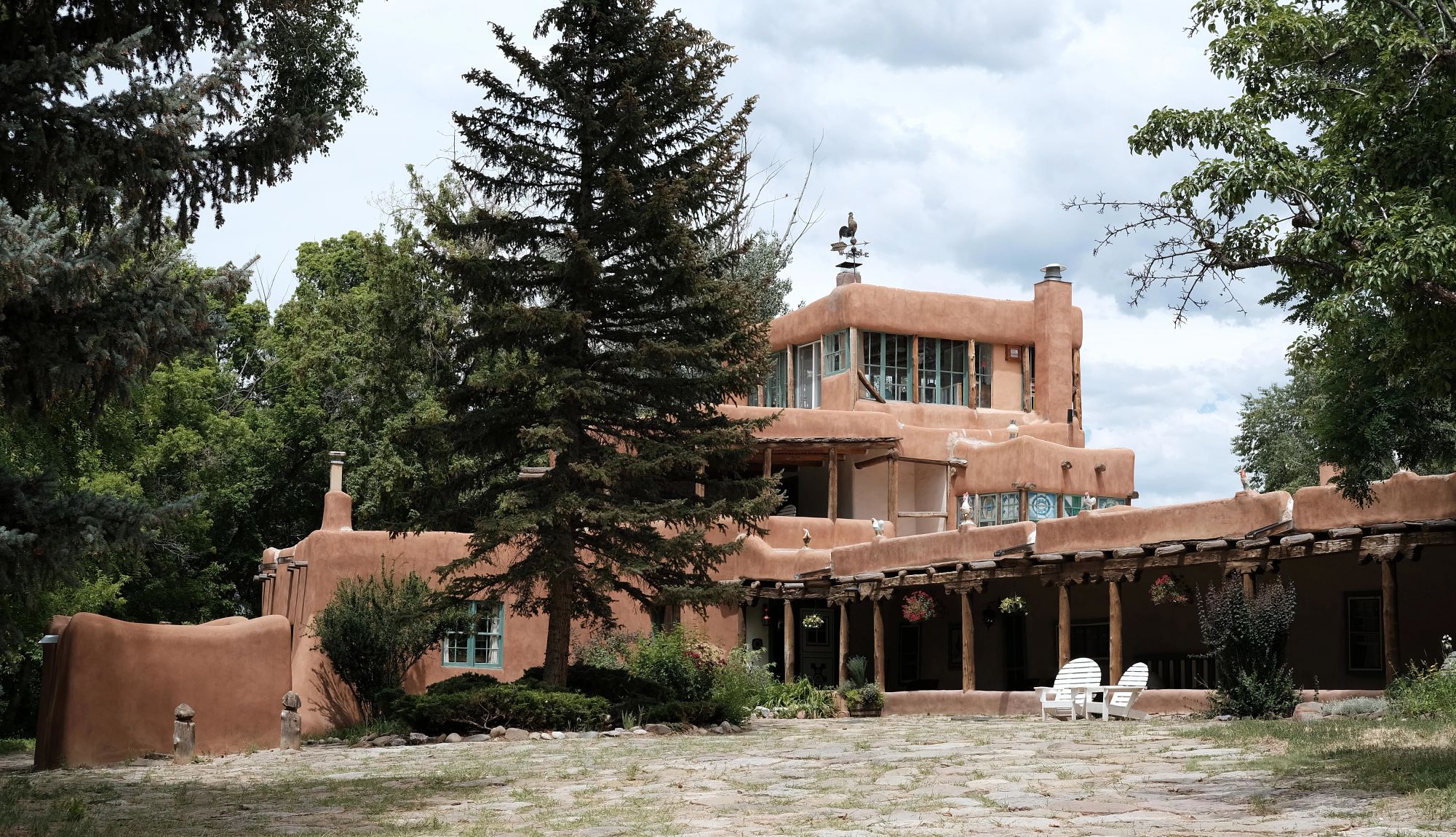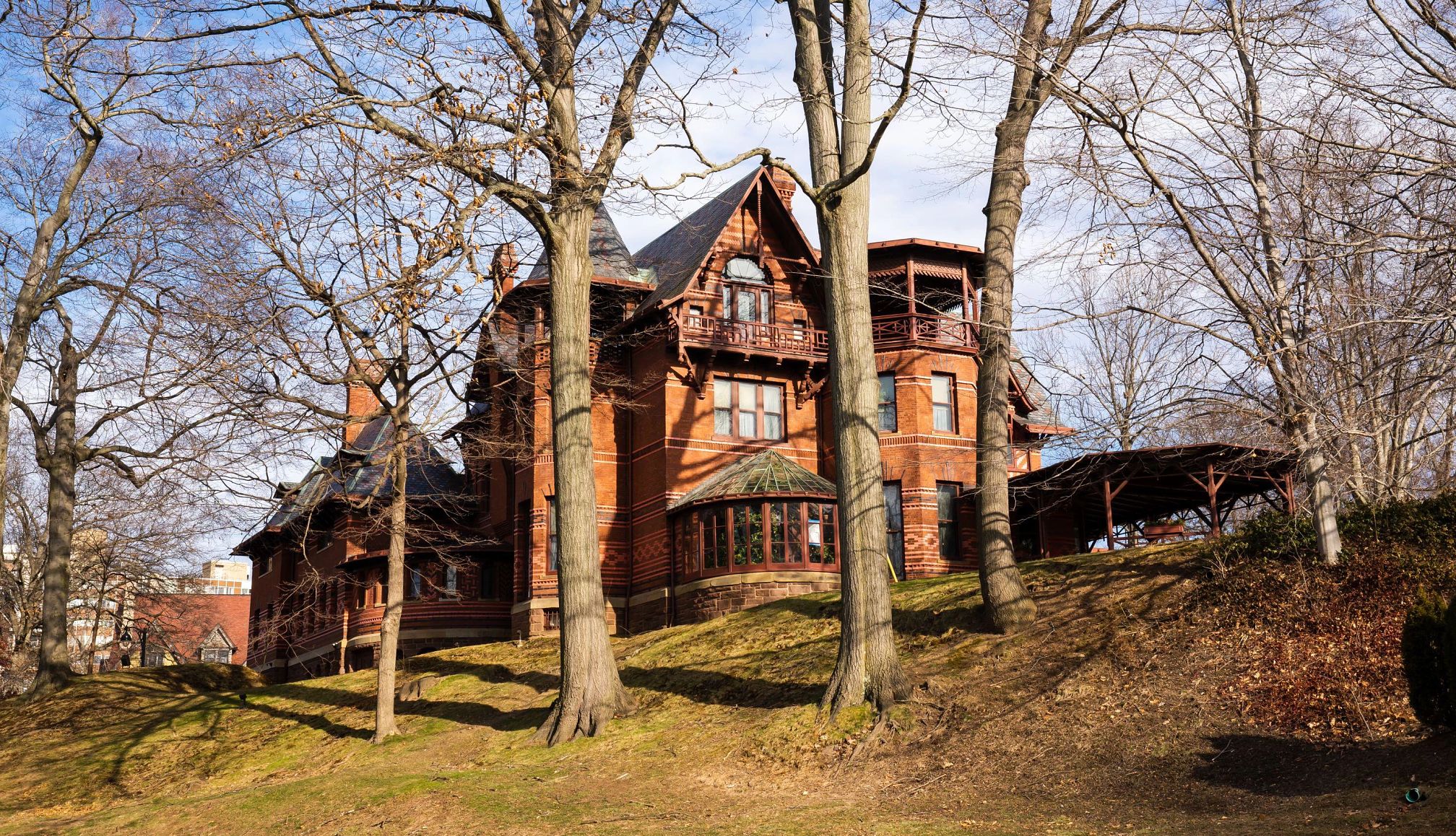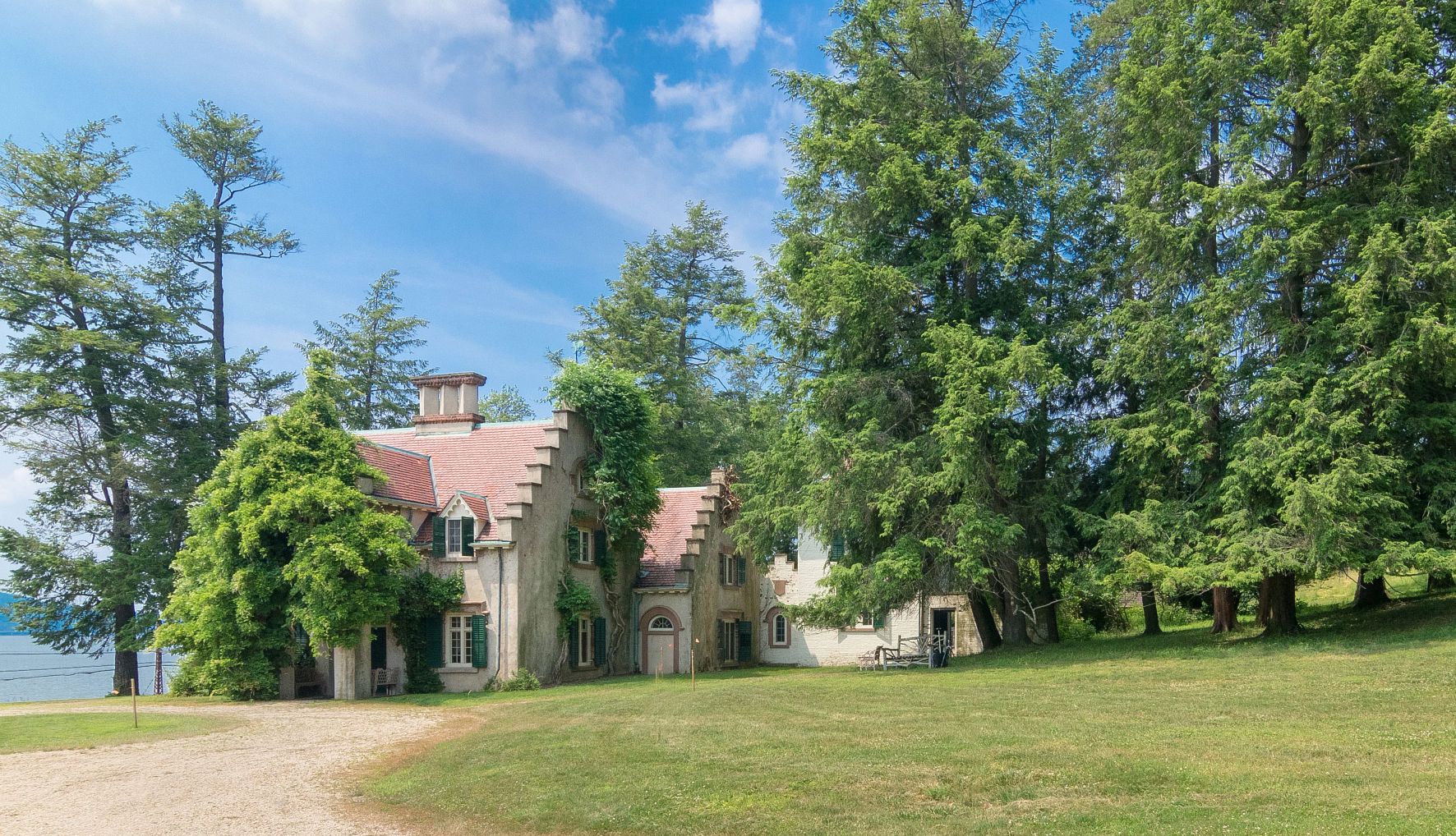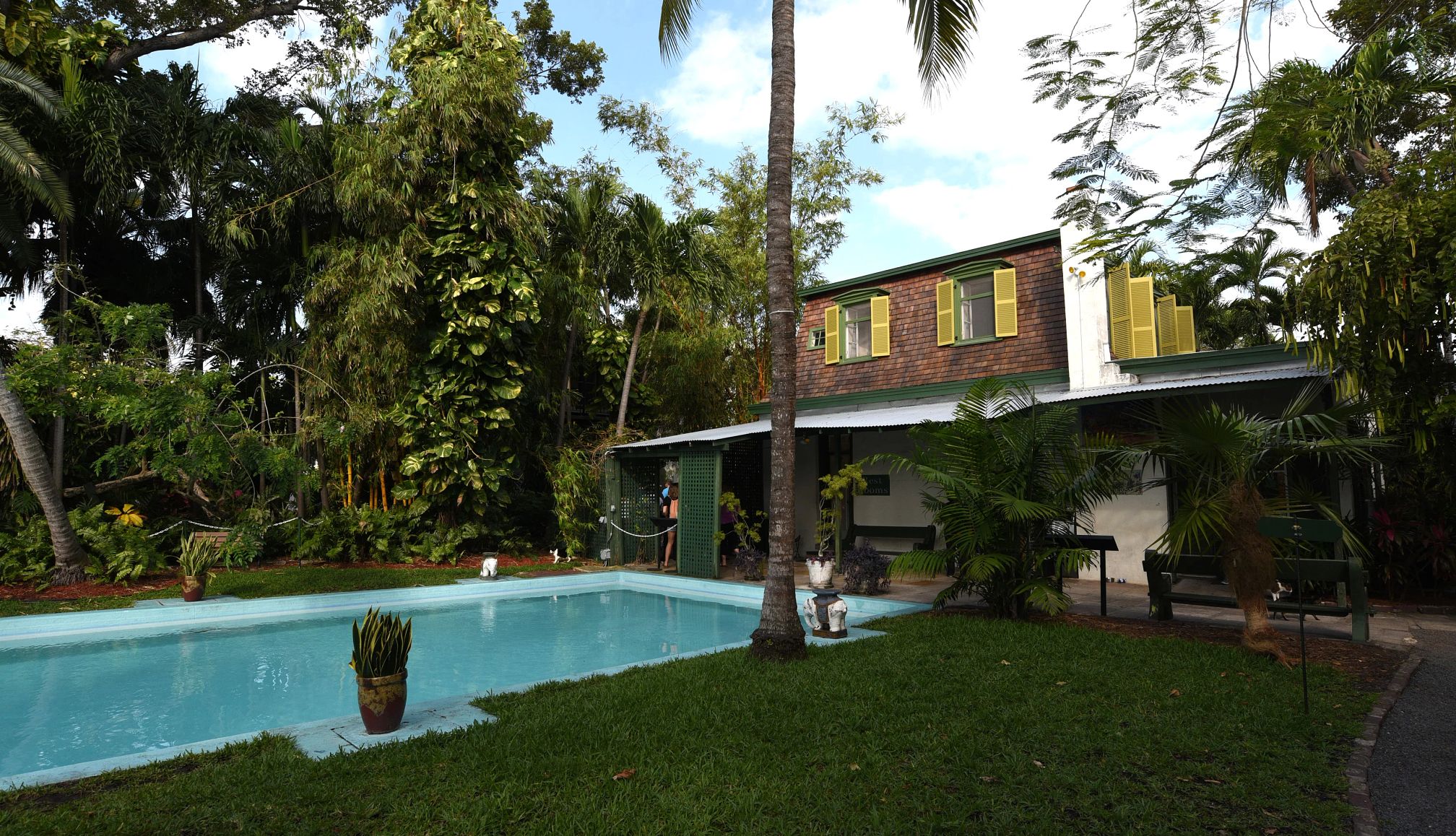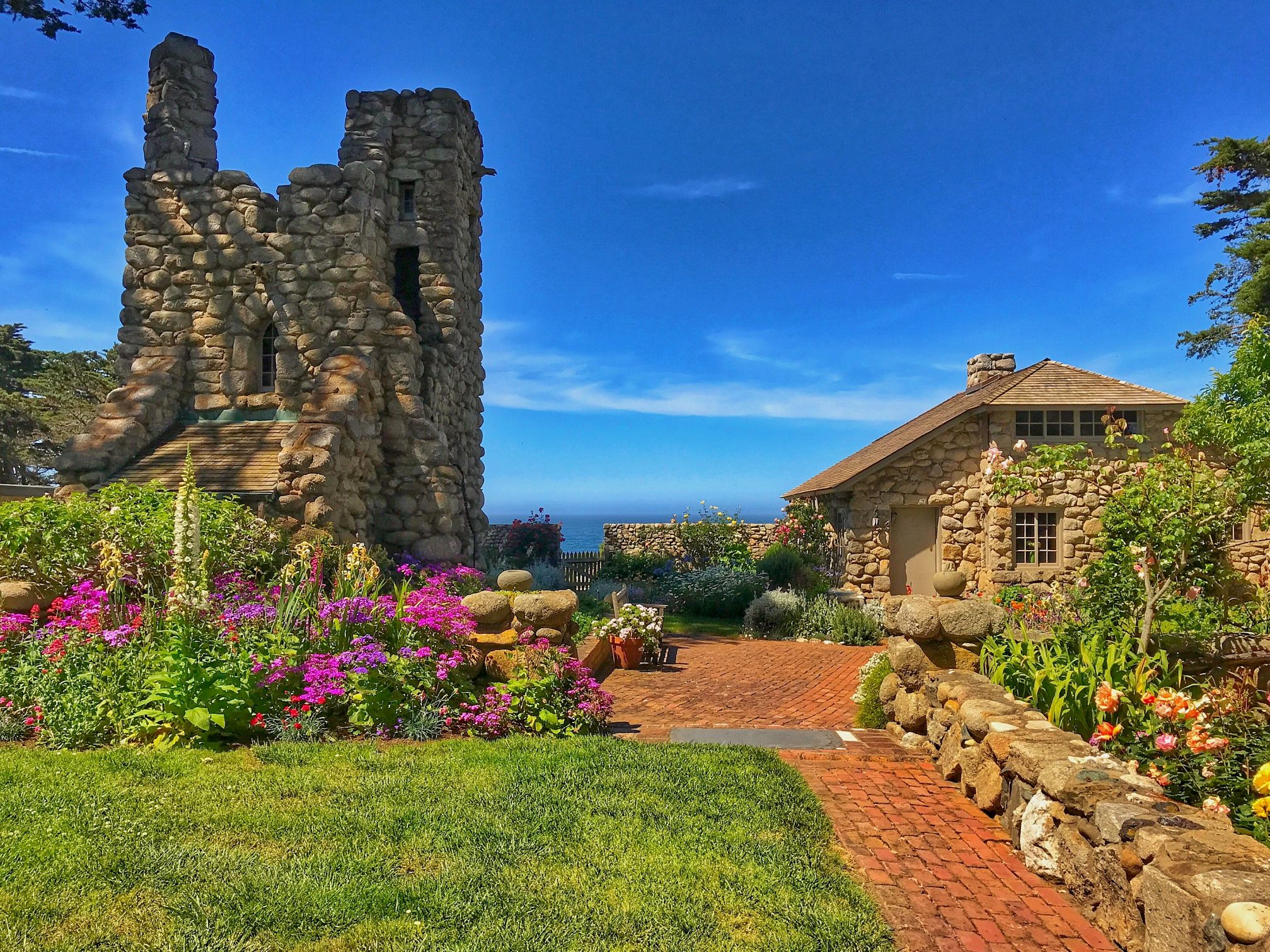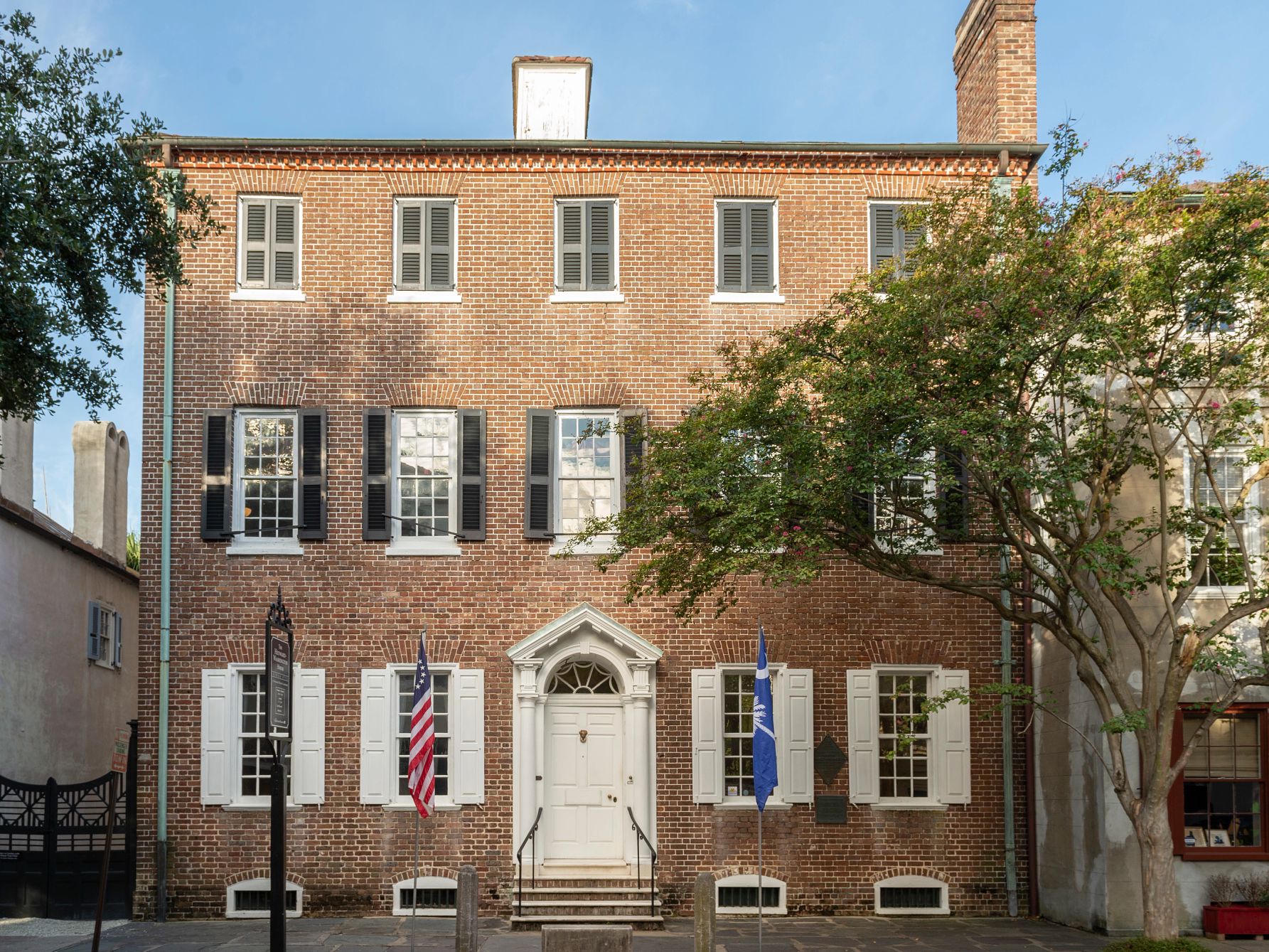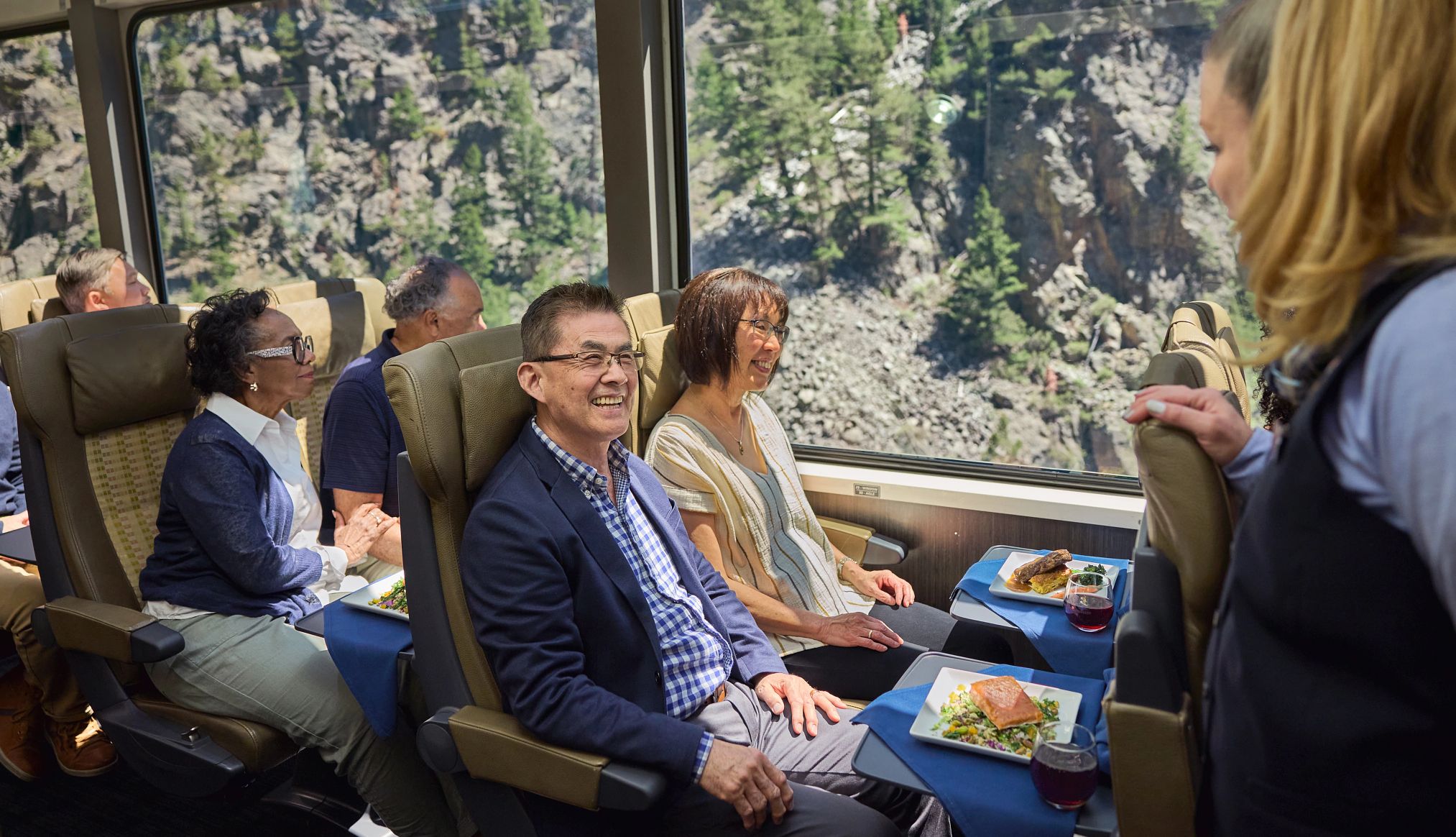AARP Hearing Center
A visit to the home of a famous writer, musician, artist or historical figure is a window into his or her life, era and achievements, with special appeal for older adults. “From my experience, folks over 50 are more likely to be interested in learning when they’re traveling, versus entertainment, relaxation and nightlife,” says Kelsey Knoedler Perri, public relations director at Road Scholar, a tour operator for people 50-plus which often visits house museums such as Graceland and Biltmore. The company’s travelers “don’t want to just look at lovely architecture, they want to learn about the architecture, hear the stories of the people who lived in that home, and understand its significance in the context of history.”
According to the AARP 2024 Travel Trends survey, 63 percent of people 50-plus planned to travel in the U.S. this year.
For Bathsheba J. Malsheen, a board member of the Victorian Alliance of San Francisco, a preservation organization that conducts house tours of Victorian homes, “Older homes often glow with exquisite craftsmanship and a patina of age, and exude a sense of comfort and warmth.” Having lived in historic houses for more than 50 years, “I truly appreciate the ornate exterior detailing and interior moldings, … the decorated ceilings, and the liberal use of period-appropriate wallpapers.”
These 10 house museums should top your list if you’re interested in taking a step back in time.

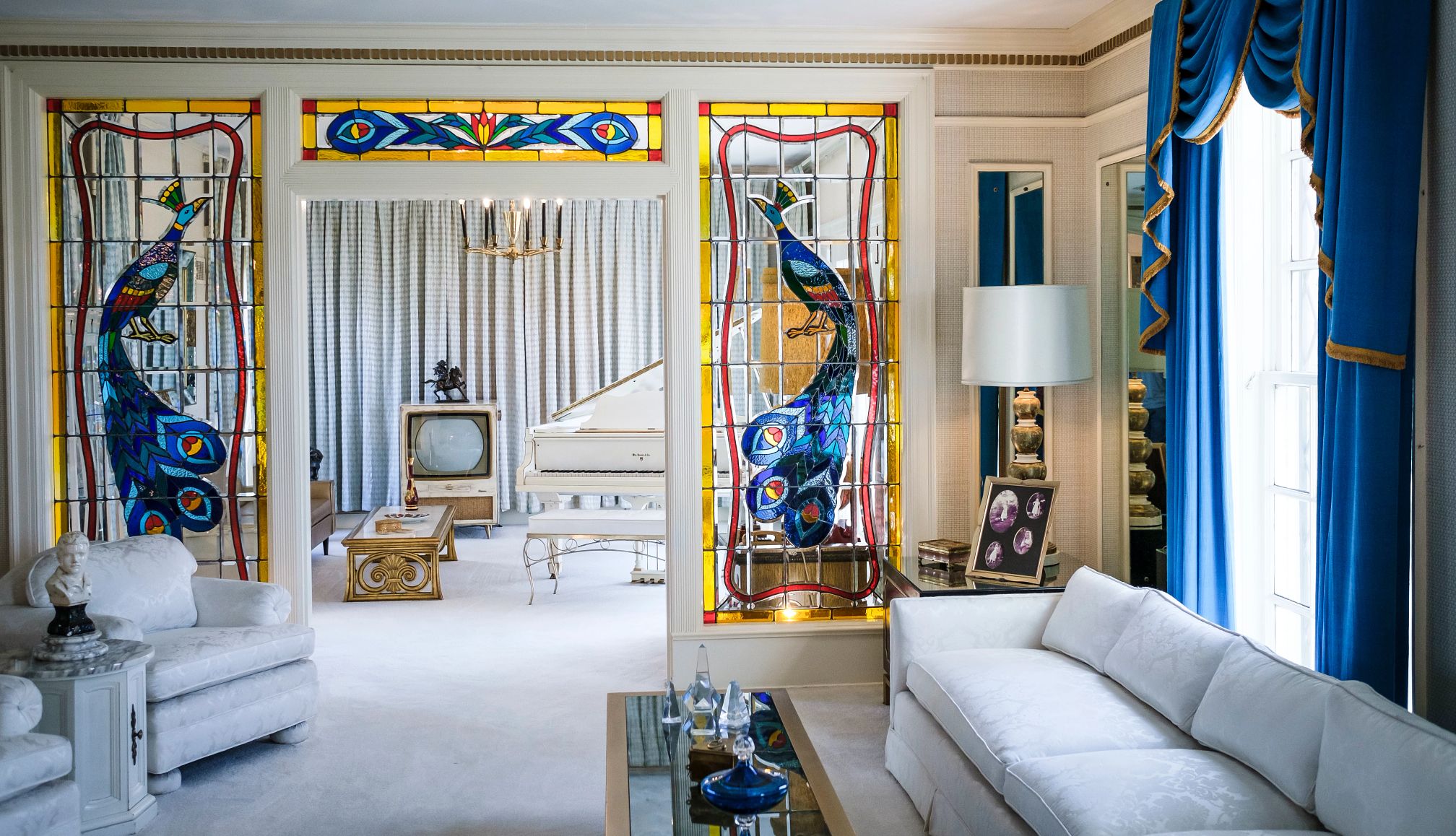
Graceland, Memphis, Tennessee
More than 600,000 people a year visit the home of Elvis Presley. The flamboyant King of Rock ’n’ Roll lived in this staid-looking Colonial Revival mansion from 1957, when he bought it at age 22, until his death in 1977. The living room is surprisingly subdued (white furniture, rug and piano, and stained-glass peacock panels). Presley recorded 16 songs in the “Jungle Room,” whose flashy décor features carved Polynesian-style wooden chairs, green shag carpeting on the floor and ceiling, and a faux waterfall. He lived with his parents, grandmother, and later wife Priscilla and daughter, Lisa Marie, at Graceland, and is buried on its grounds. The musician’s collection of over 20 cars, custom private jets, gaudy jumpsuits and jewelry, best-selling records, exhibits from the movie Elvis and his influence on music are in an entertainment complex across the street.
“Graceland appeals to the over 50 population throughout the world because it is an era which they can relate based on maturity, growth and rebellion of their youth,” says Terrie Dal Pozzo, who leads Road Scholar’s Music Cities tour that includes Memphis. “It’s apples and oranges [compared to] other historical homes.”
Cost: Starting at $82. Entertainment complex-only tour (no Graceland) is $49.75. Adults 65-plus receive a 6 percent discount on select tours.
Pro tip: Graceland’s 450-room luxury hotel is across the street.

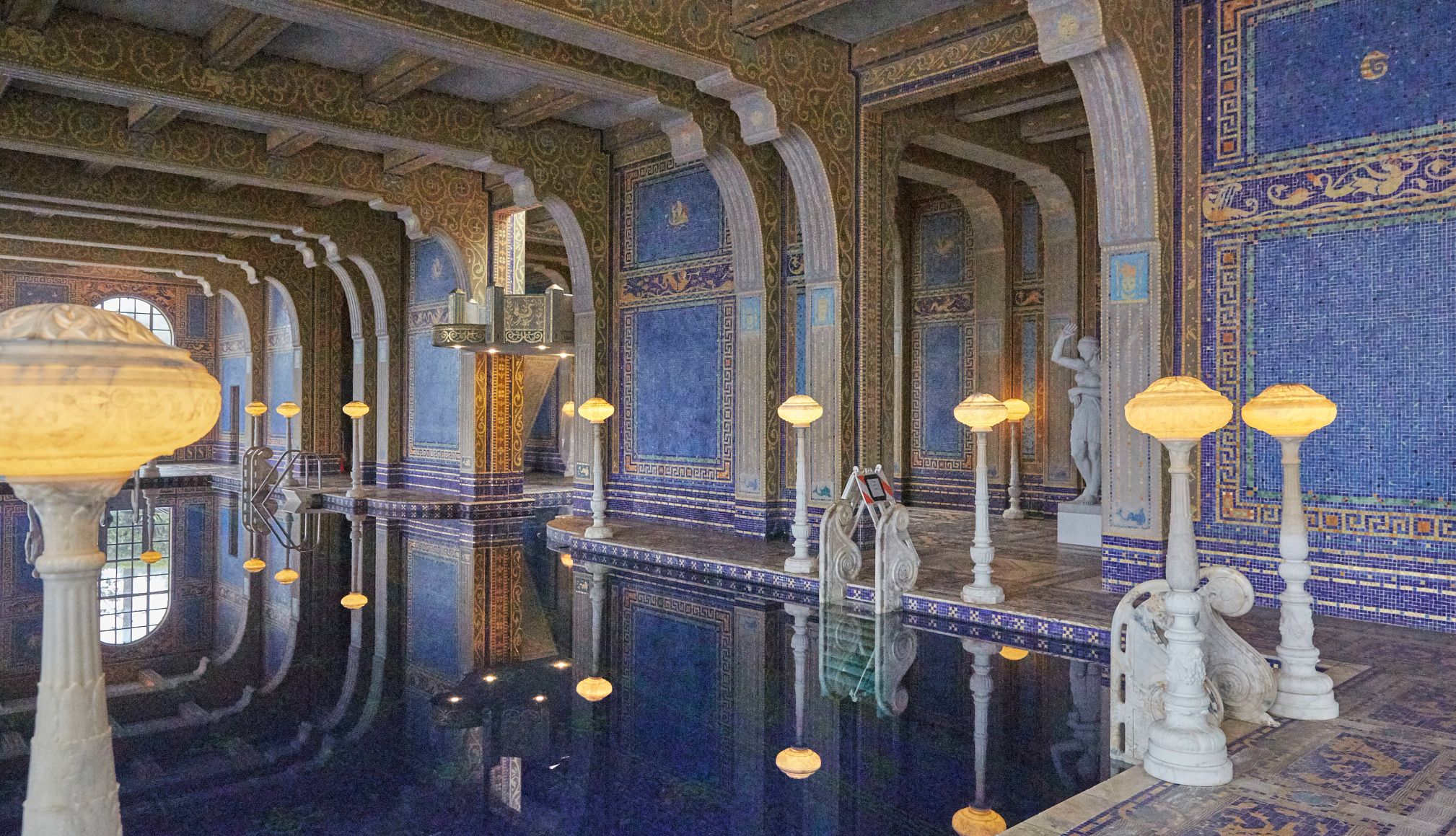
Hearst Castle, San Simeon, California
Publishing magnate William Randolph Hearst’s ornate mansion will remind you of a European palace. Thousands of artworks, including 14th to 18th century ceilings from Spain and Italy, a third-century Roman marble sarcophagus depicting Apollo and the nine Muses, and a sculpture of an Egyptian lion-headed goddess adorn the property. The vast hilltop estate at Hearst Castle, which was designed by Julia Morgan, California’s first woman architect, features the main 68,500-square-foot mansion and its stunning indoor pool in a turquoise mosaic-tiled room, an outdoor Neptune Pool surrounded by classical-style statues, guest cottages and gardens.
Gossipy tours discuss Hearst (who previewed his newspaper pages every night in his Gothic Study beneath a 15th century Spanish ceiling), his mistress, actress Marion Davies, and celebrity guests such as Winston Churchill and Charlie Chaplin. Specialty tours focus on rooms or themes unexplored on basic tours, like Julia Morgan, Upstairs Suites and Art under the Moonlight. About a four-hour drive south of San Francisco or north of Los Angeles, it’s 6 miles from Cambria, a small arty town on California’s Central Coast stretch of Highway 1, a scenic coastal route.
Cost: Starting at $35.

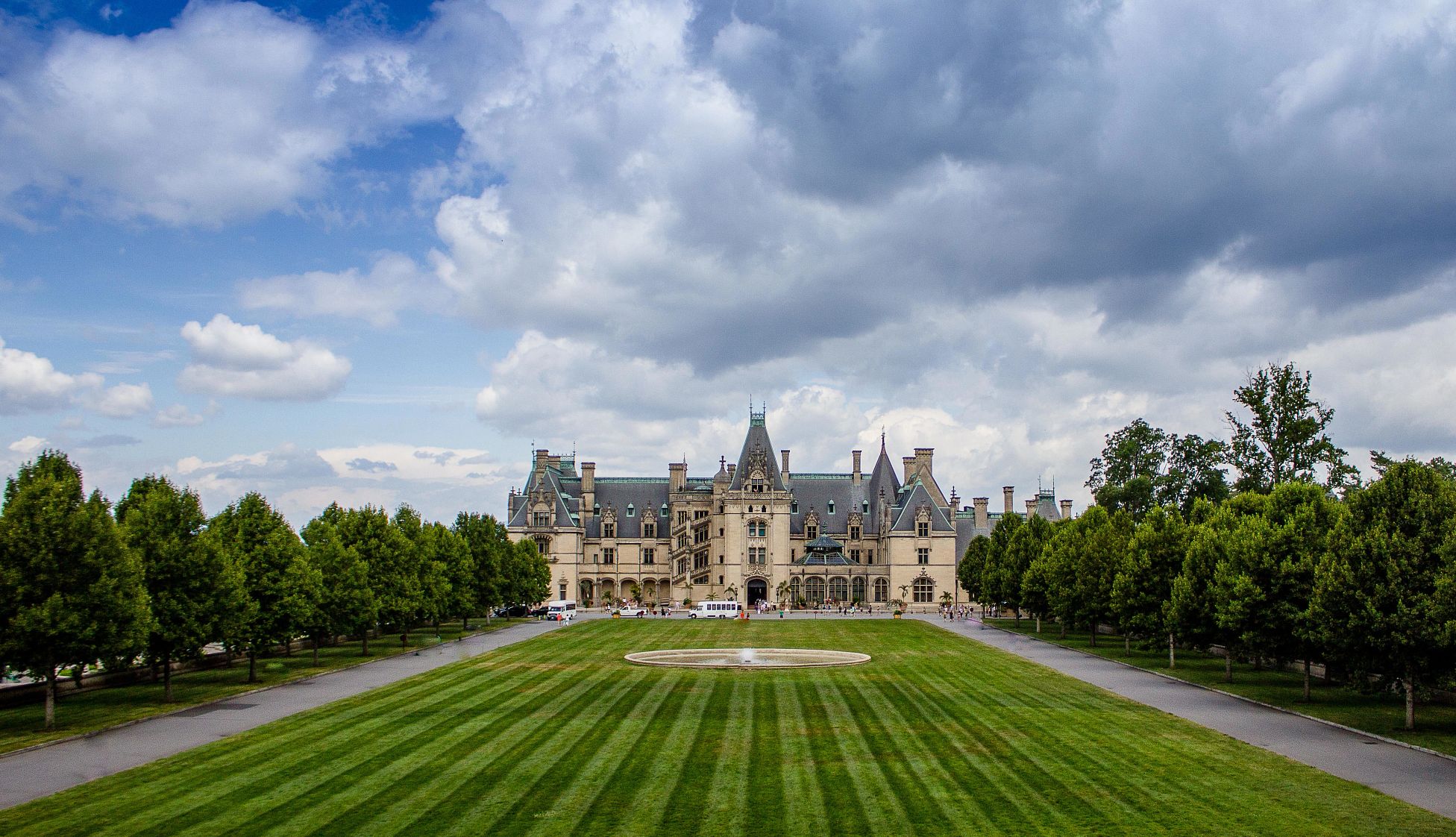
Biltmore, Asheville, North Carolina
The biggest private home in the U.S., Biltmore is a 250-room, 35-bedroom, 65-fireplace mansion built from 1889 to 1895 to resemble a French chateau for George Vanderbilt, a grandson of railroad magnate Cornelius Vanderbilt. Frederick Law Olmsted, who designed New York’s Central Park, landscaped Biltmore, which now features 8,000 acres of grounds and 75 acres of gardens, and considered it his crowning achievement. The estate features formal and informal gardens, over 20 miles of hiking and biking trails, and Blue Ridge Mountains views. Treasures in the mansion include an 18th-century 64-foot-long ceiling painting of the Roman goddess of the dawn, paintings by Monet and Renoir and a 16th century Belgian tapestry. A winery and multiple restaurants are on-site, while art exhibits are in a Biltmore venue 3 miles away. The current exhibit of Dale Chihuly glass art is available through Jan. 5, 2025. Biltmore, which closed in the wake of flooding from Hurricane Helene in the Asheville area, plans to reopen Nov. 2.
Cost: Starting at $70. Tour with art exhibit starts at $125. Adults 65-plus can receive discounts of $8-$13 off.
Pro tip: Three lodging types are on-site: a luxury inn with a spa and fine-dining restaurant, moderate-priced hotel near the winery, and four cottages.


























































